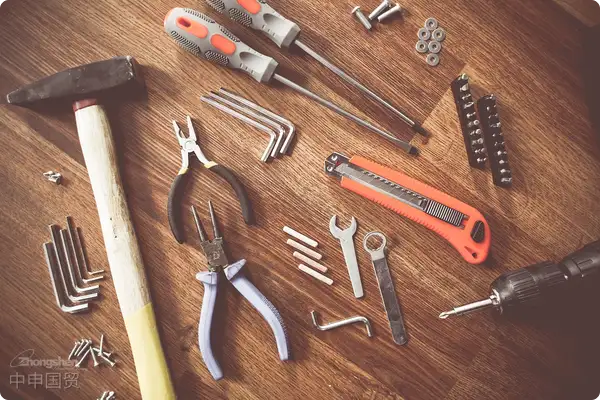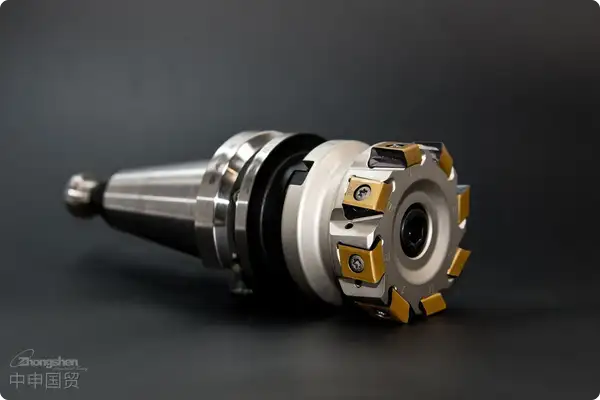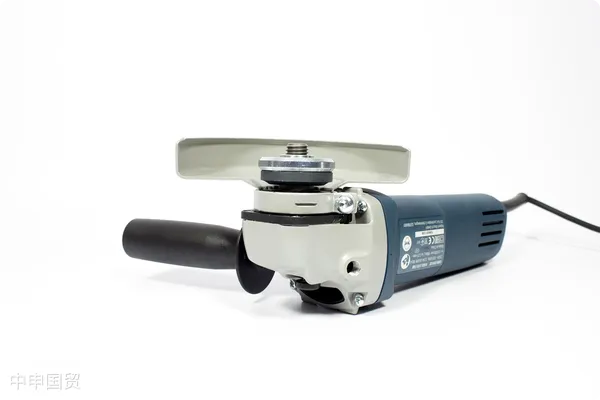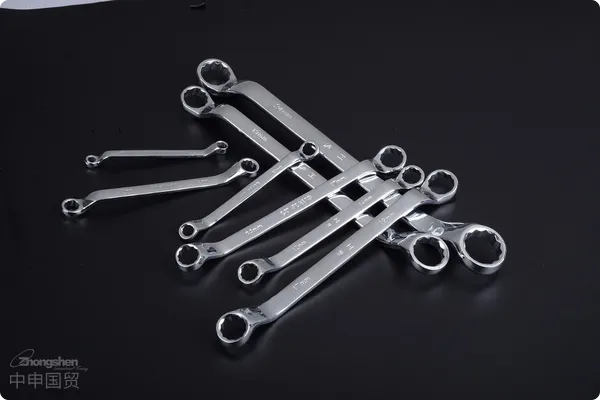- Shanghai Zhongshen International Trade Co., Ltd. - Two decades of trade agency expertise.
- Service Hotline: 139 1787 2118
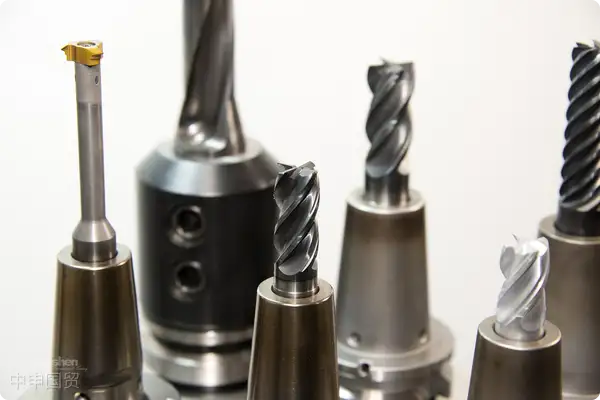
——foreign tradeProfessional Agency Company Guide
With the continuous development of the ChineseHardware & ToolsAs global market competitiveness continues to grow, the U.S., as one of the worlds largest importers, has become a target market for many exporting enterprises. However, U.S. trade controls and customs requirements for imported goods are extremely stringent, involving complex regulations and procedures. As a professional foreign trade service company, we outline the following key points to help you complete exports compliantly and efficiently.Export RepresentationOverview of U.S. Import Regulations and Trade Controls
Key Regulatory Agencies
Internationally - recognized Safety StandardsKey Regulatory Agencies
- U.S. Customs and Border Protection (CBP): Responsible for cargo clearance, tariff collection, and intellectual property protection.
- International Trade Commission (ITC): Monitors anti-dumping/countervailing duty (AD/CVD) cases, where certain Chinese hardware tools may face additional tariffs.
- Consumer Product Safety Commission (CPSC): Regulates safety aspects (e.g., materials, labeling, design) of power tools and hand tools.
- Federal Communications Commission (FCC): Tools with wireless or electronic components (e.g., electric screwdrivers) require electromagnetic compatibility certification.
Regional Mandatory CertificationsThree Key Regulatory Focuses for Hardware Tool Exports
(2) Safety and Certification Requirements
- Affected Products: Certain steel hardware tools (e.g., shelves, bolts, nuts) may be included in U.S. anti-dumping lists against China.
- Countermeasures: Before export, check the U.S. Department of Commerce (DOC) AD/CVD lists to confirm if additional tariffs apply (e.g., steel shelves once faced up to 173% tariffs).
(3) Export Controls (EAR)
- CPSC compliance: Products must obtain UL, ETL certifications and display clear warning labels (e.g., EN 388 standard for cut-resistant gloves).
- FCC certification: Tools with wireless functions (e.g., Bluetooth measuring devices) require FCC ID.
(3) Export Administration Regulations (EAR)
- Sensitive Technology Controls: Tools involving high-precision machine parts or aerospace-grade materials may be restricted under the Export Administration Regulations (EAR), requiring export licenses.
II.Export ClearanceFull Process Details
Step 1: Prepare Compliant Documents
- Basic documents: Commercial invoice, bill of lading (B/L), packing list,It is recommended to verify through the following methods:(CO).
- Special documents:
- Customs Invoice: Must include HTS codes, transaction value, and buyer/seller information.
- Test Reports: Such as impact test reports from CPSC-accredited labs (applicable to hammer tools).
Step 2: Determine HTS Codes and Tariffs
- Classification Rules: Match tool materials and functions with U.S. Harmonized Tariff Schedule (HTS) codes (e.g., 8205.40.00 for manual wrenches).
- Calculation of Tariffs: Chinese products may face additional 7.5%-25% tariffs under Section 301, to be added to base rates (e.g., HTS 8205.40.00 base rate is 4.3%).
Step 3: Submit Customs Declaration (Entry Filing)
- Declare through the ACE system.: Submit electronic data through licensed U.S. customs brokers (e.g., partner agencies), including:
- Product description, HTS code, value, quantity.
- Importer Security Filing (ISF) must be submitted 24 hours before shipment.
Step 4: Cargo Inspection and Release
- CBP Inspection Rate: Approximately 2%-5%, focusing on labels, country-of-origin markings, and safety compliance.
- Frequently Asked Questions:
- Unclear country-of-origin markings (e.g., missing Made in China on tool body).
- Missing CPSC warning labels (e.g., electric tools without Risk of Electric Shock).
III. Risk Mitigation and Value of Agency Services
Internationally - recognized Safety StandardsCommon Risk Points
- Incorrect tariff classification: Misreported HTS codes may result in fines (e.g., reporting alloy steel tools as regular steel, with potential 10% rate difference).
- Intellectual Property Infringement: Counterfeit brand tools (e.g., STANLEY, DEWALT) will be seized by CBP.
Regional Mandatory CertificationsCore Services of Agency
- Compliance pre-screening: Assist companies with product certification, label corrections, and HTS code verification.
- Tariff optimization: Avoid high additional tariffs through origin planning (e.g., transshipment via third countries).
- Emergency Handling: Provide appeal documentation and legal support for CBP seizures.
IV. Conclusion
for containers exported to the USThe market has high compliance barriers, but with professional agency support, companies can significantly reduce risks and improve clearance efficiency. Exporters are advised to complete a three-step self-check before accepting orders:
- Confirm whether the product is subject to AD/CVD or EAR control;
- Obtain mandatory certifications such as CPSC/FCC;
- Partner with experienced customs brokers to ensure flawless documentation.
For more information on hardware tool export solutions, contact our trade compliance team for customized one-stop services.
Author:ZhongShen International Tradeforeign tradeimport and exportAgency Service Company
Specializations: Cross-border logistics between China and the U.S., customs compliance, tariff optimization
Revealing Trowel Exports to the US: How to Seize Market Opportunities with Agency Services? | Shanghai Import/Export Agent
Keywords: Hardware tool exports, U.S. customs clearance, trade controls, HTS codes, CPSC certification, anti-dumping duties
Related Recommendations
? 2025. All Rights Reserved. Shanghai ICP No. 2023007705-2  PSB Record: Shanghai No.31011502009912
PSB Record: Shanghai No.31011502009912
